Mont-Saint-Michel: Unique Architecture In The Middle Of The Ocean Of France
Mont-Saint-Michel is a famous island in Normandy, France, known for its stunning beauty and rich history.
Located about one kilometer from the coast, this tiny island is part of a larger commune that covers 400 hectares (990 acres) in total.
Each year, over three million people visit Mont-Saint-Michel to see its unique charm.
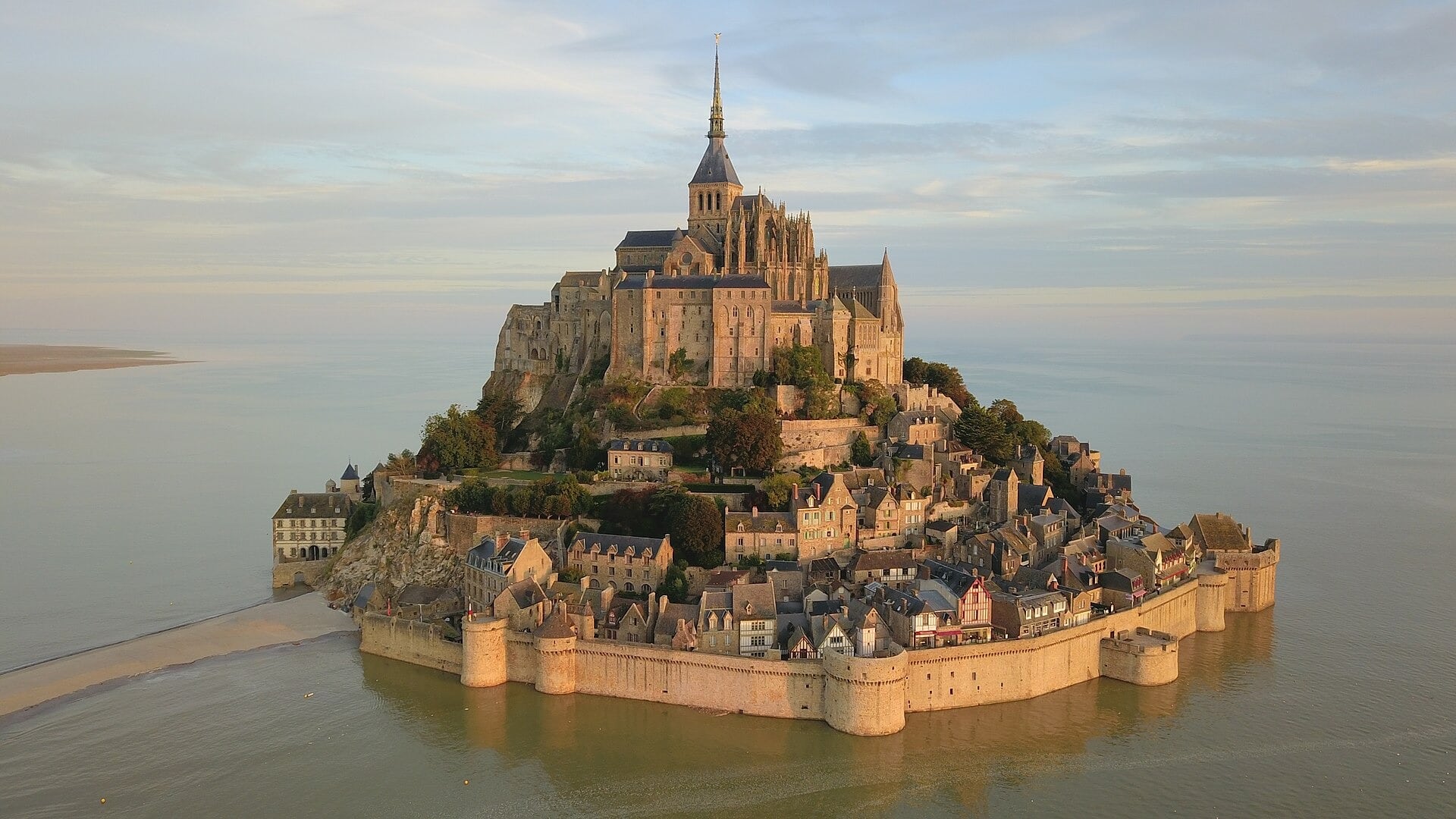
Geography and Formation
Mont-Saint-Michel, often referred to as “Saint Michael’s Mount,” is situated approximately one kilometer off France’s north-western coast, at the mouth of the Couesnon River near Avranches.
The island, which spans about 7 hectares (17 acres), is part of a commune with a total area of 400 hectares (990 acres), including its mainland extension.
The island’s strategic position on the rocky outcrop has shaped its history.
It was once connected to the mainland by a tidal causeway, now replaced by a raised causeway built in 1879 to prevent silting.
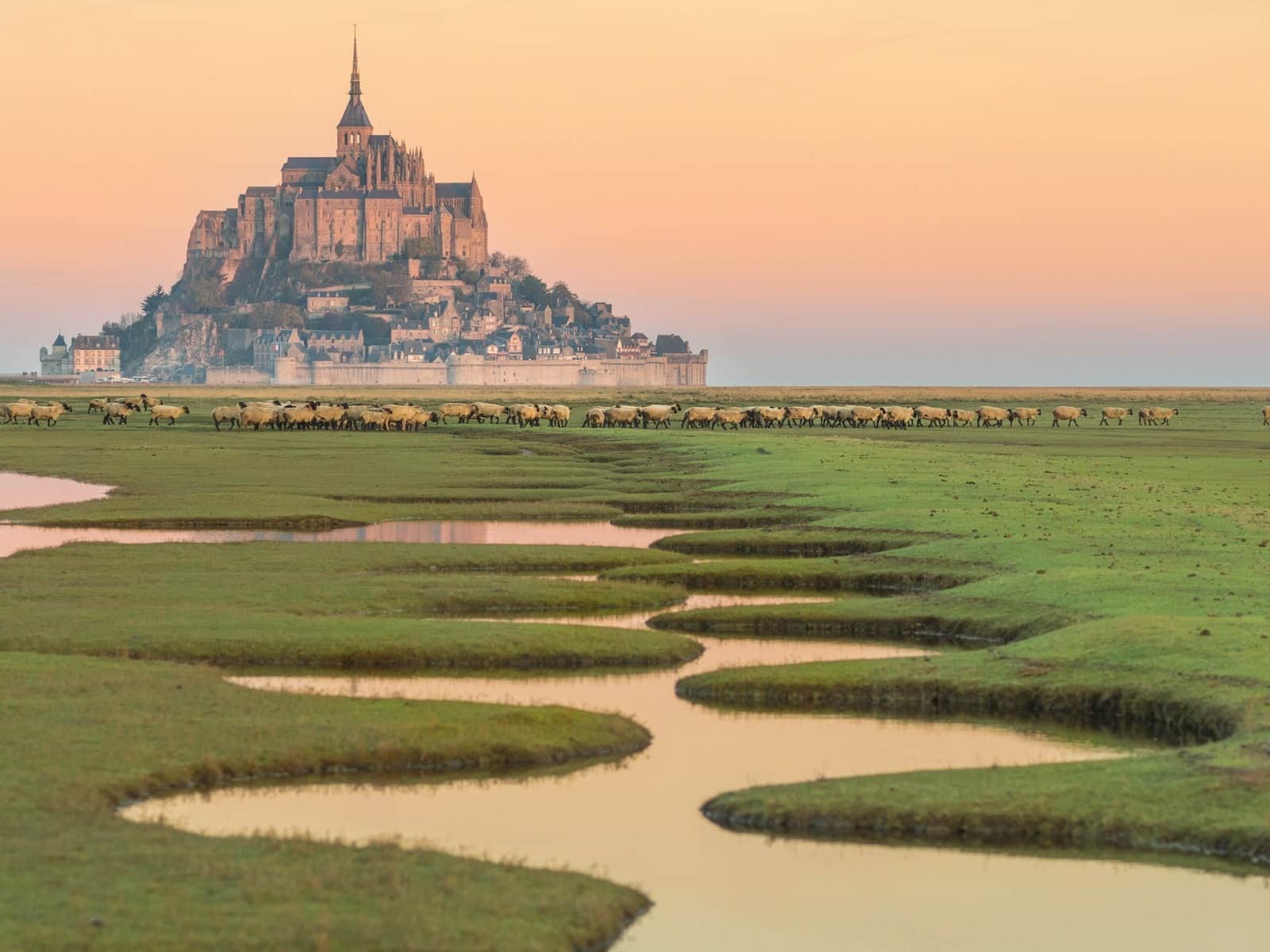
The geological formation of Mont-Saint-Michel dates back to around 525 million years ago during the Cambrian period.
It consists of leucogranite, part of the Mancellian granitic batholith.
This rock formation emerged from the surrounding landscape due to rising sea levels and erosion, which shaped the dramatic and picturesque island we see today.
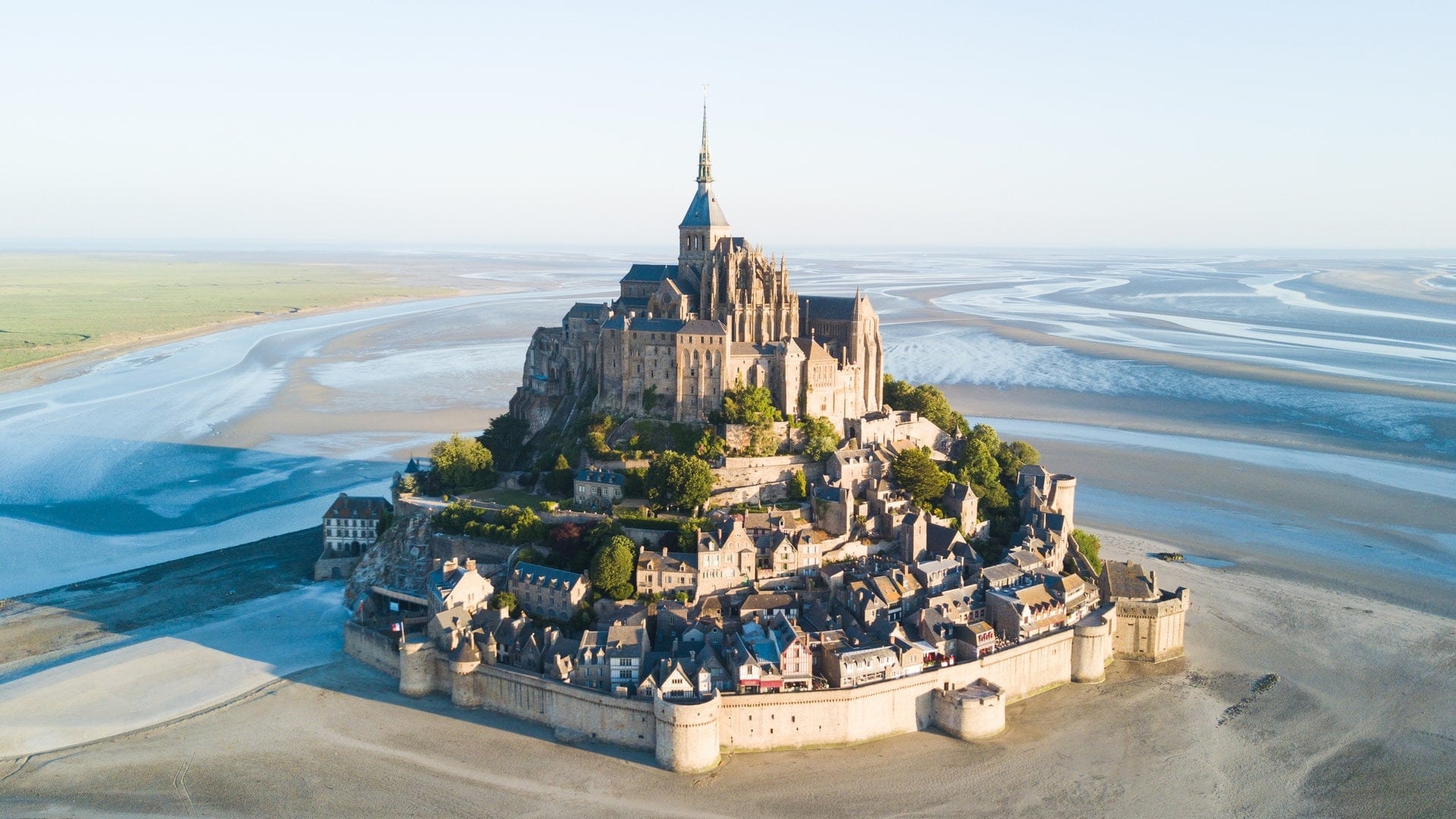
The Tides
Mont-Saint-Michel is known for its dramatic tides.
The water level can fluctuate by up to 14 meters (46 feet), creating a dynamic and often dangerous environment.
In the past, this made the island a strong defensive position.
Over time, however, silt began to build up around the island, reducing its isolation.
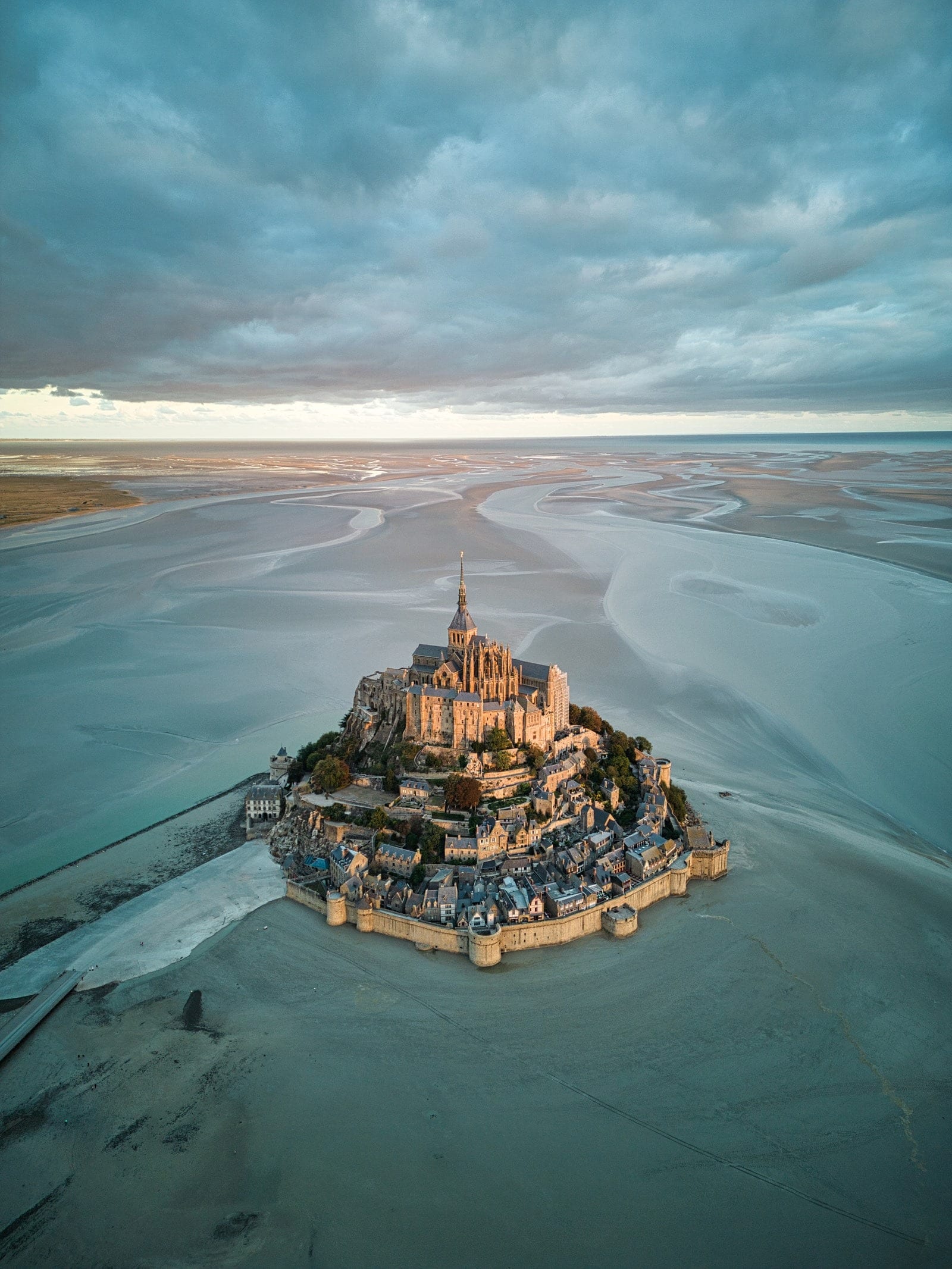
To address this, a major restoration project was started in 2006.
It included building a hydraulic dam and a new pedestrian bridge to help clear the silt and restore Mont-Saint-Michel’s island status.
The new bridge opened in 2014, allowing the island to be surrounded by water once again.
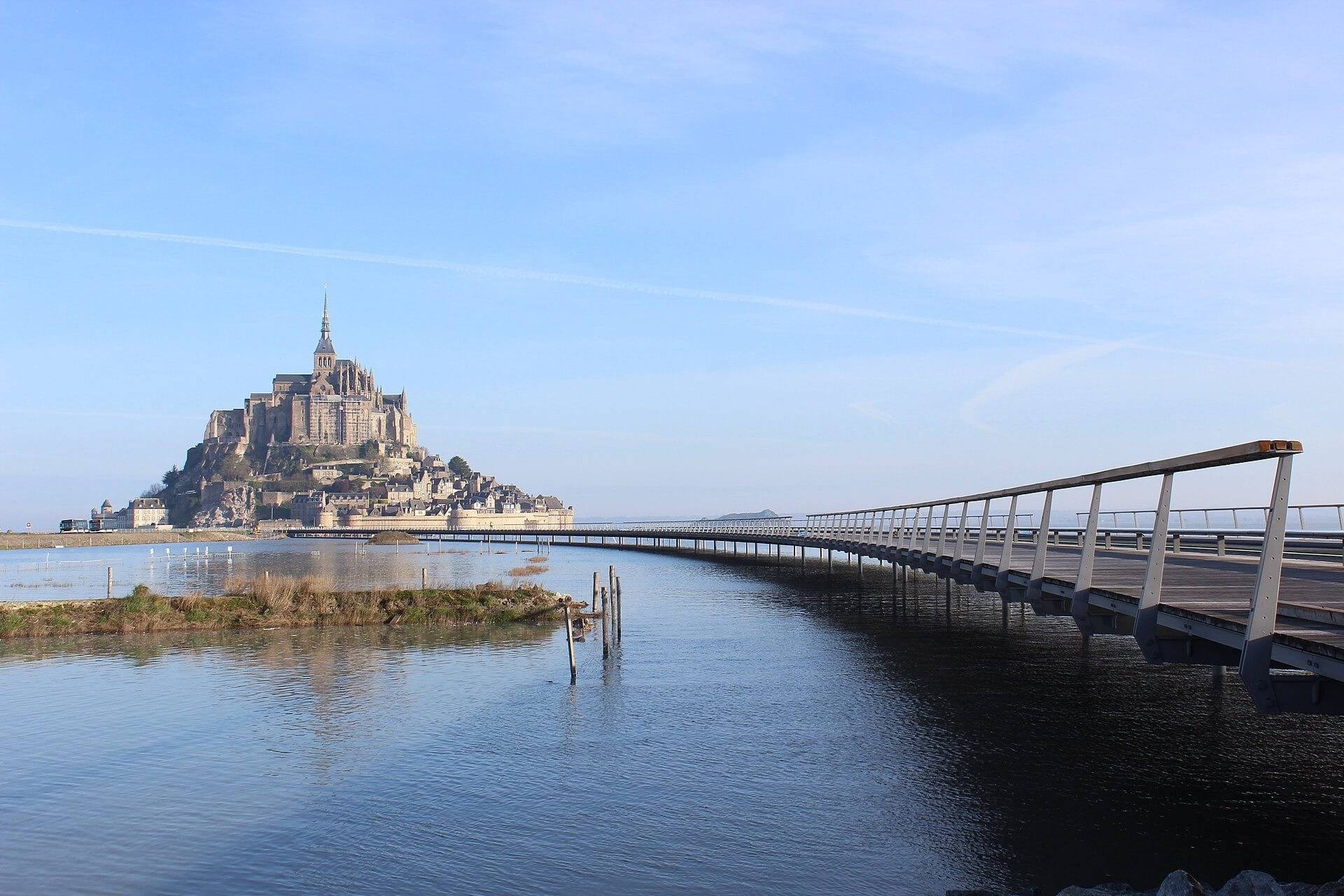
Historical Significance
Mont-Saint-Michel’s history dates back to the 8th century.
According to legend, the Archangel Michael appeared in a dream to Bishop Aubert of Avranches and told him to build a church on the rocky island.
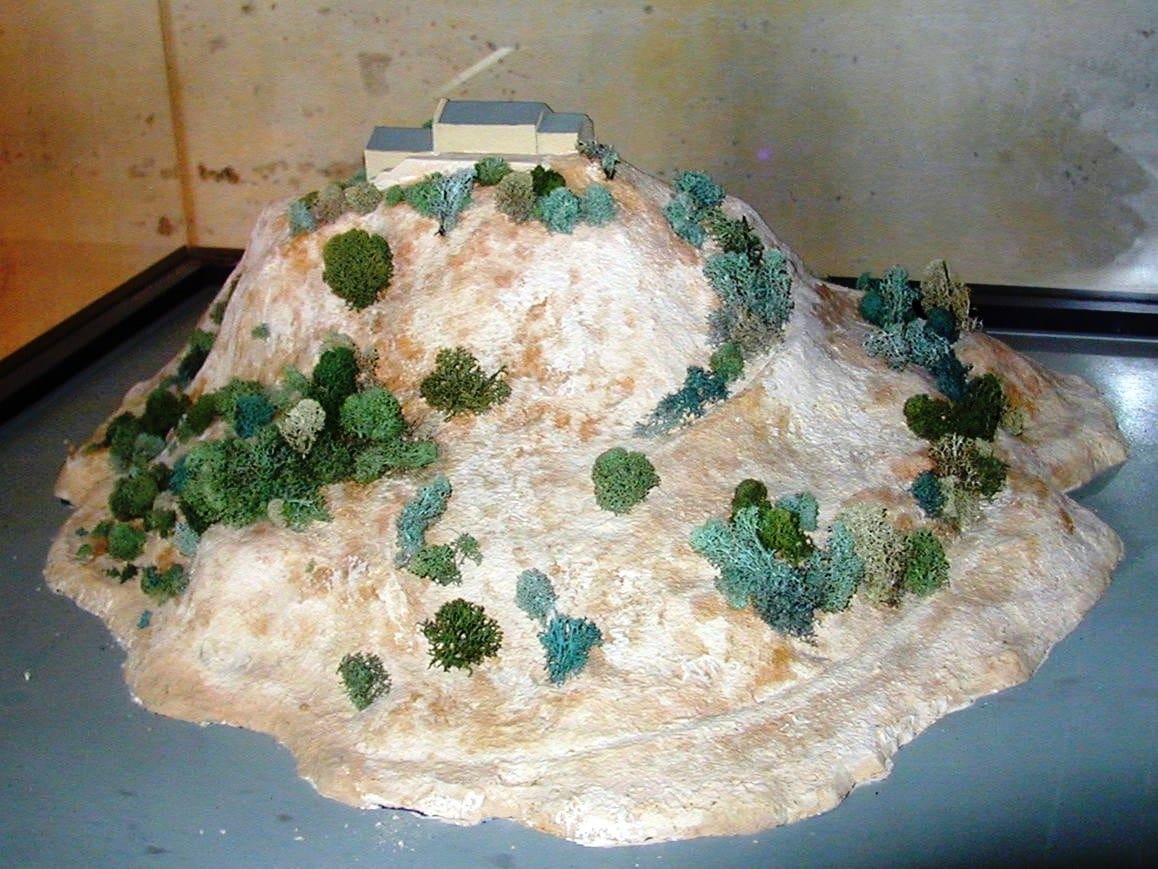
Over the centuries, Mont-Saint-Michel played a key role in various historical events.
During the Hundred Years’ War, the island was never captured by the English, thanks to its natural defenses.
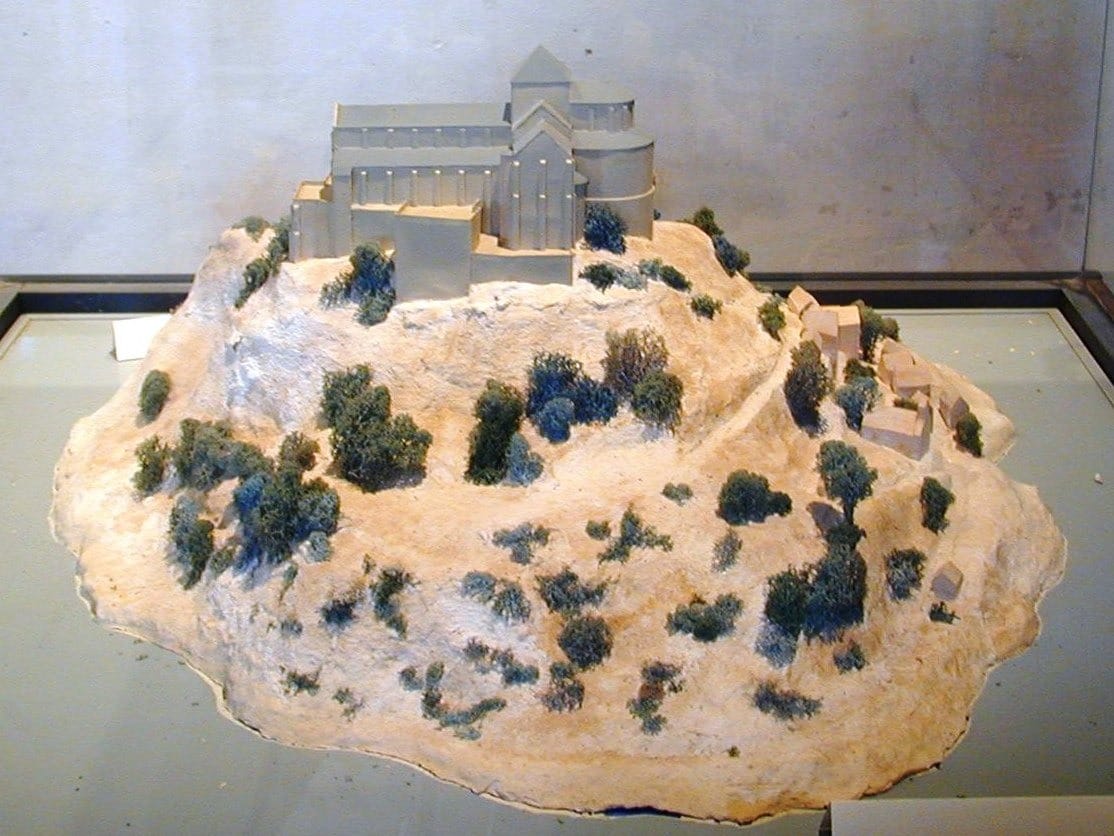
Later, it was used as a prison during the French Revolution and continued to be a symbol of resistance and heritage.
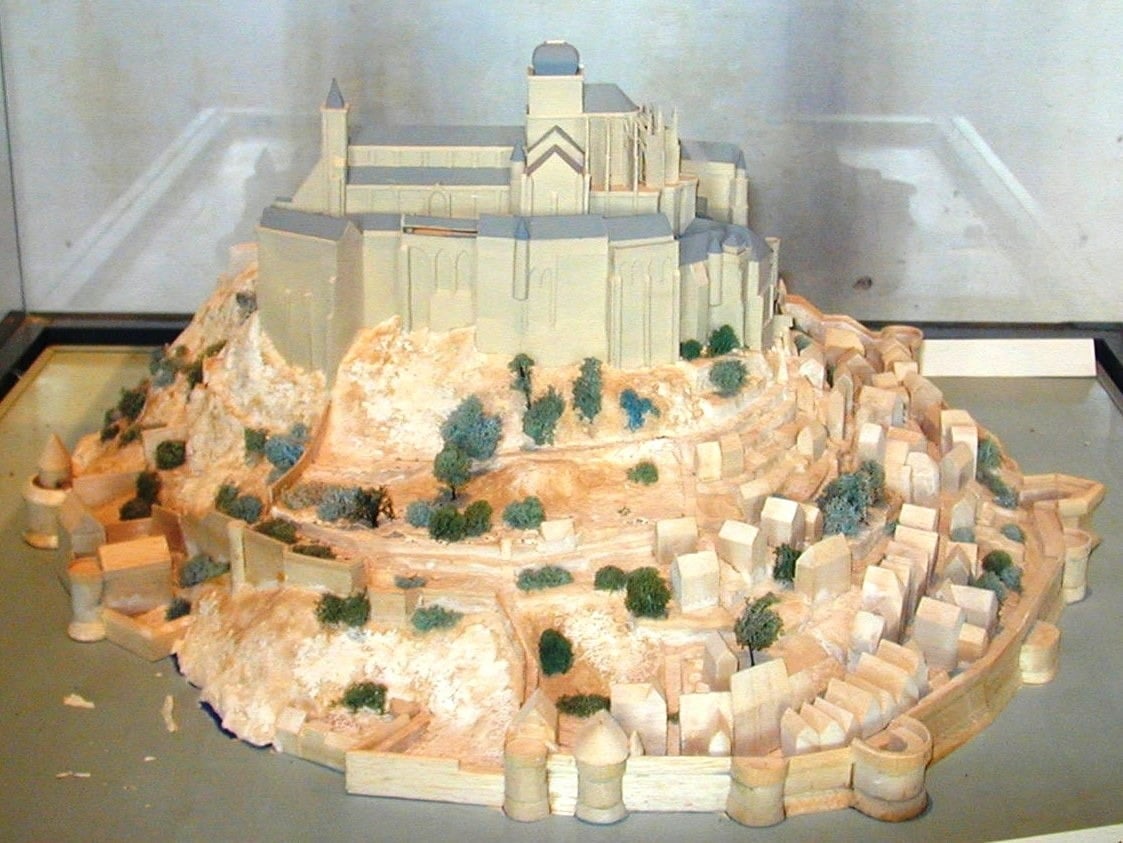
In the 19th century, efforts to restore Mont-Saint-Michel began.
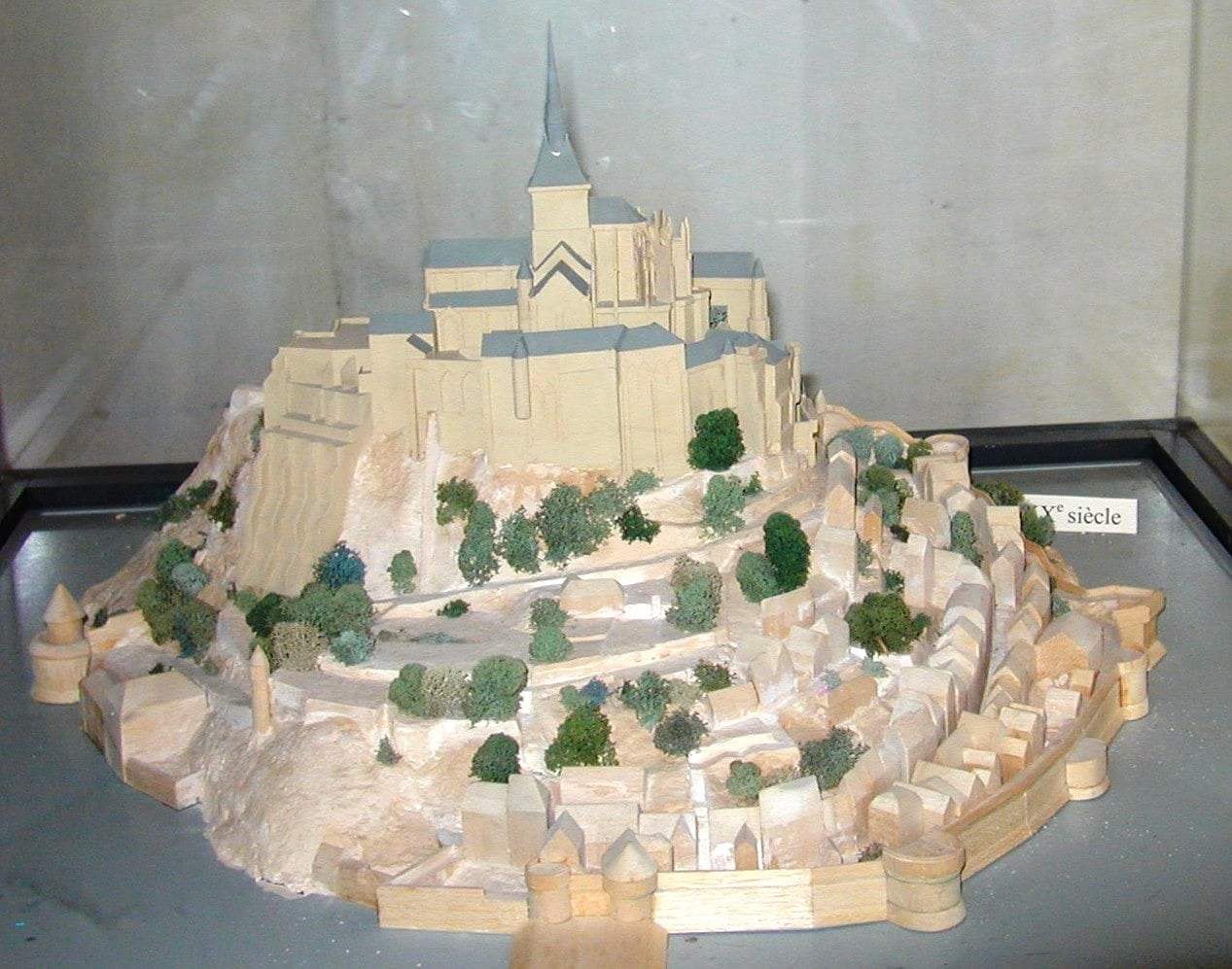
Architect Édouard Corroyer played a significant role in these efforts, helping to preserve the island’s unique architecture and history.
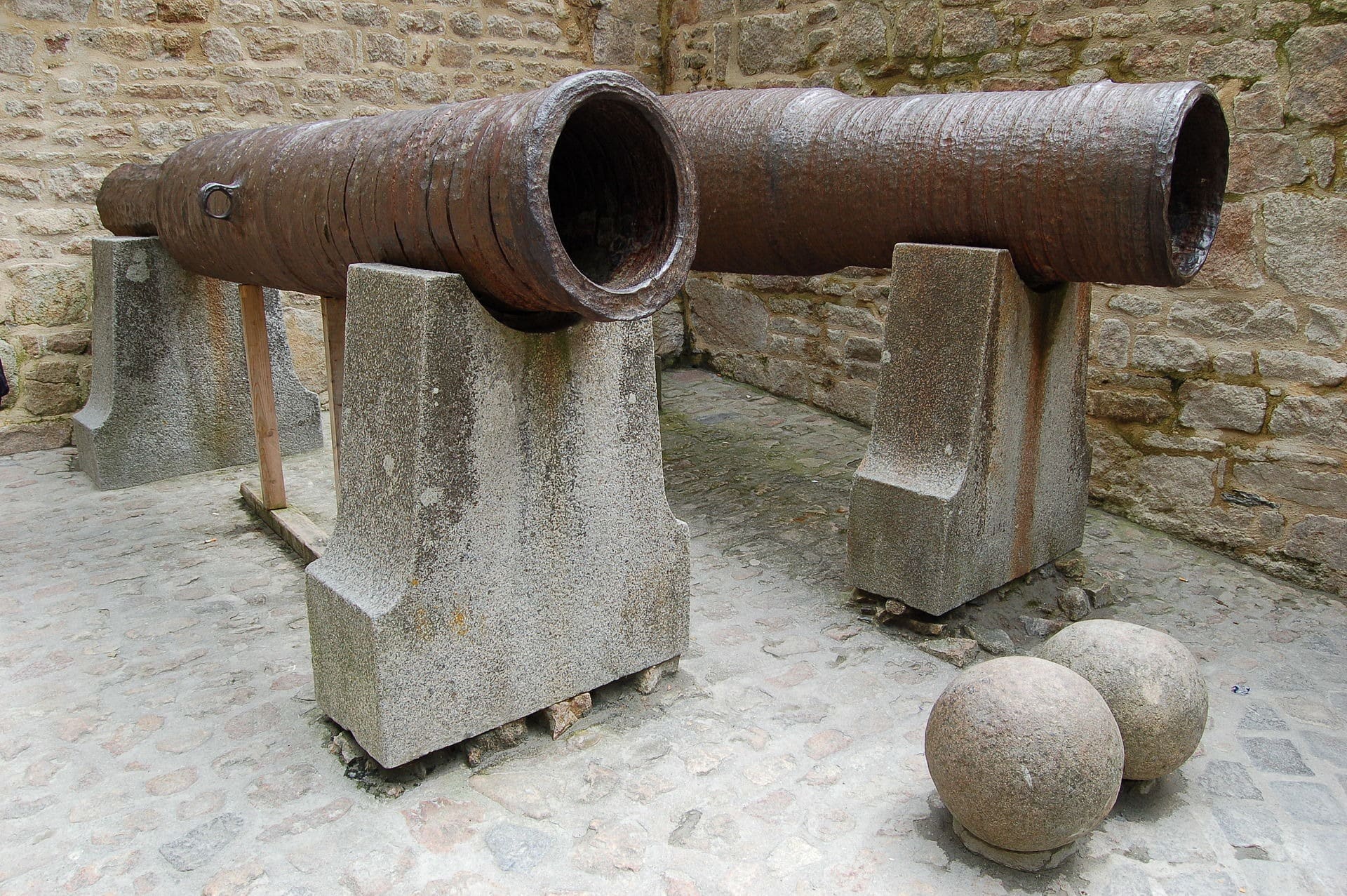
Architecture
The architecture of Mont-Saint-Michel is impressive and reflects various historical styles.
The abbey began as a Romanesque structure in the 11th century, later adding Gothic elements.
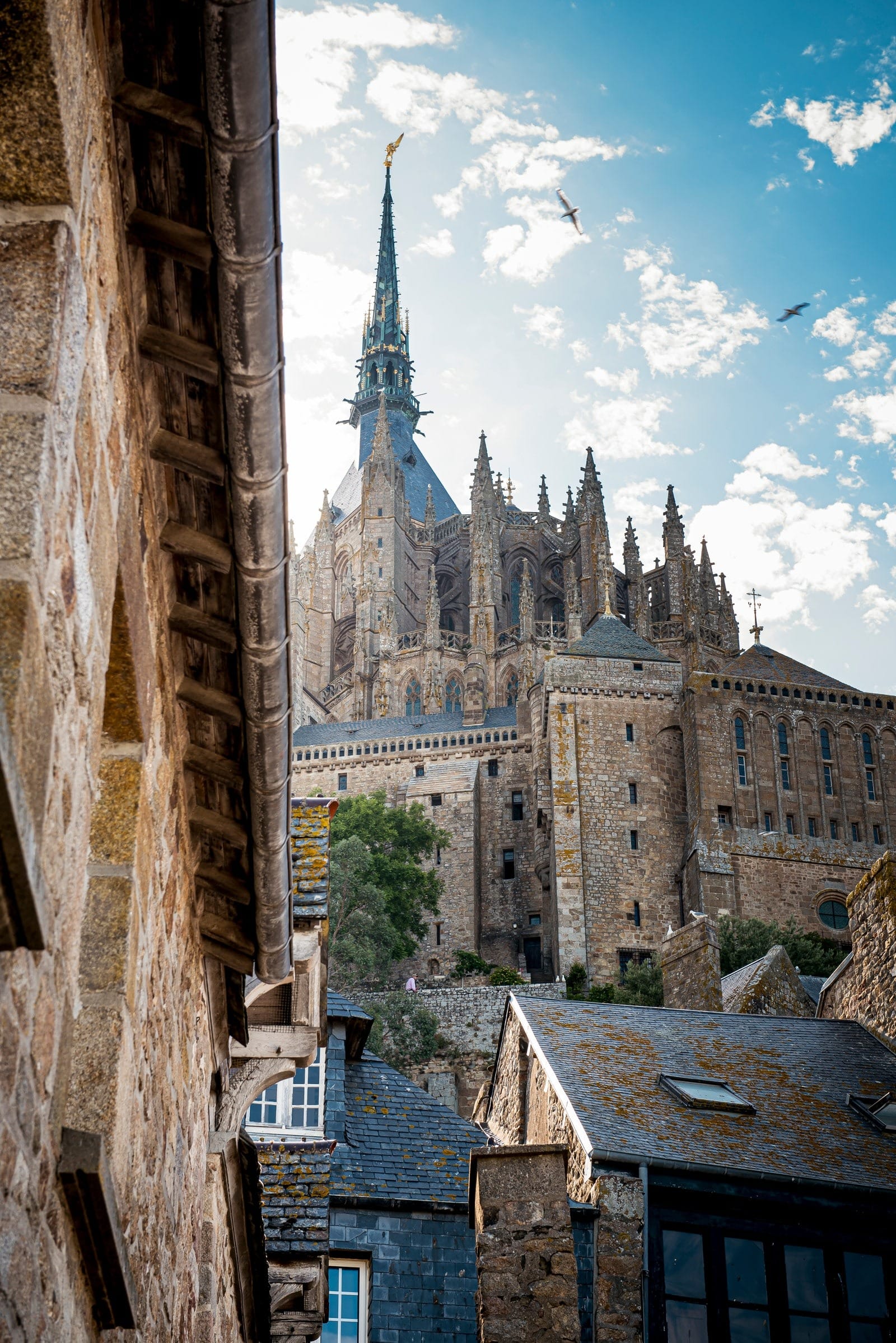
The abbey’s design includes crypts and chapels to support the upper parts of the building.
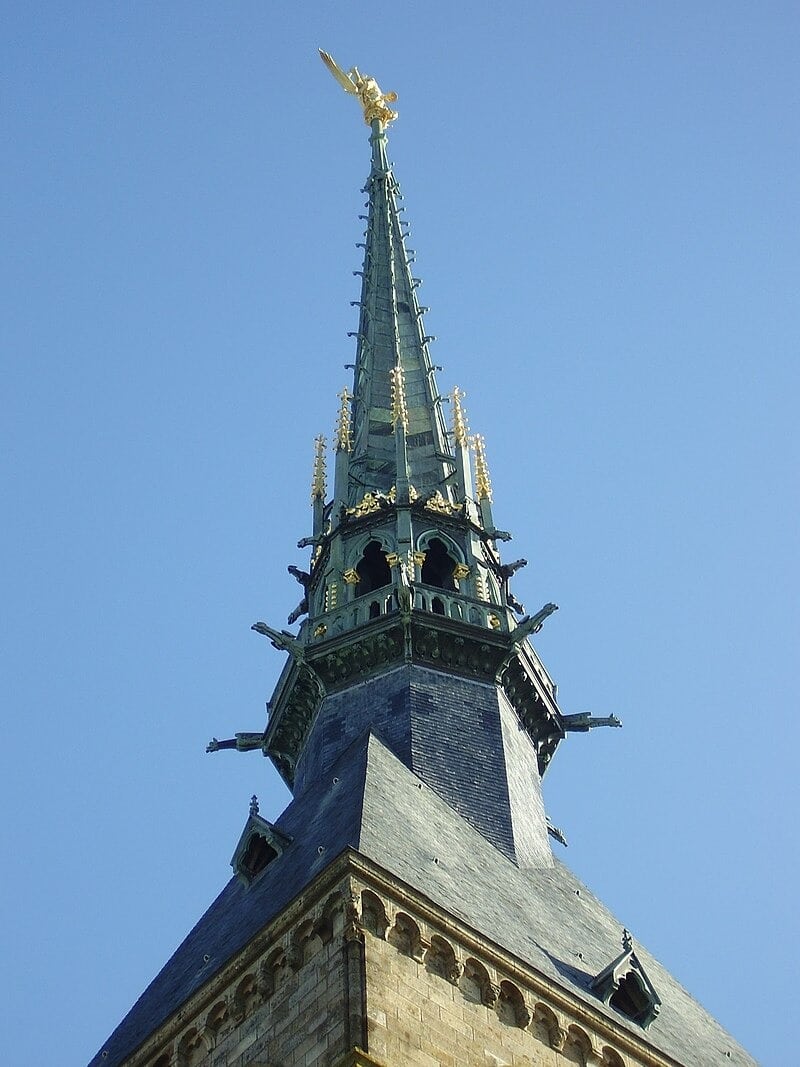
The abbey was fortified extensively during the reign of Charles VI, with additional towers and ramparts enhancing its defensive capabilities.
Fortifications were added in the 14th century, making the island even more defensible.
The layout of the abbey reflects France’s social hierarchy, with religious and noble buildings at the top and homes for common people lower down.
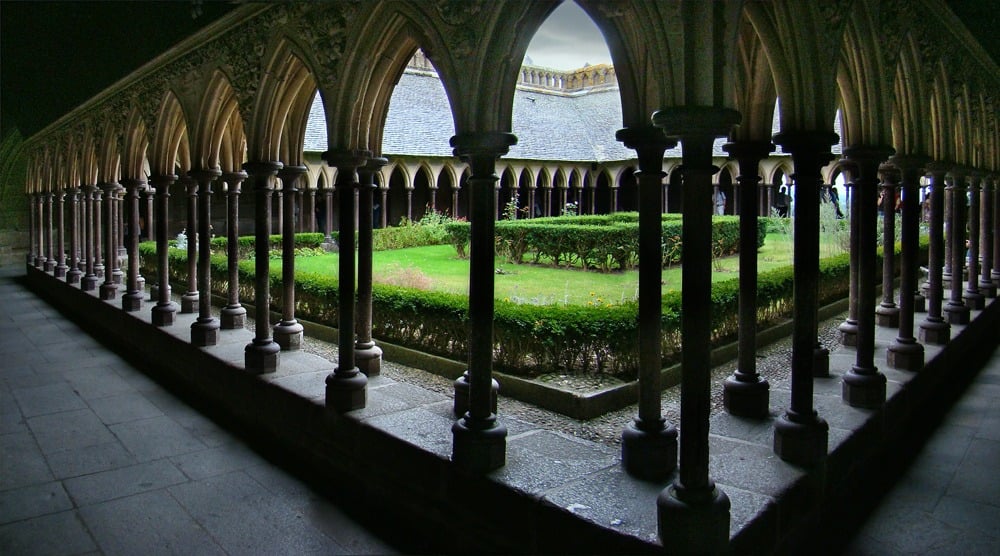
How is Mont-Saint-Michel in modern times?
Mont-Saint-Michel is not only a historical and architectural treasure but also a cultural icon.
It is listed as a UNESCO World Heritage Site for its cultural, historical, and architectural significance.
The site continues to attract millions of visitors each year.
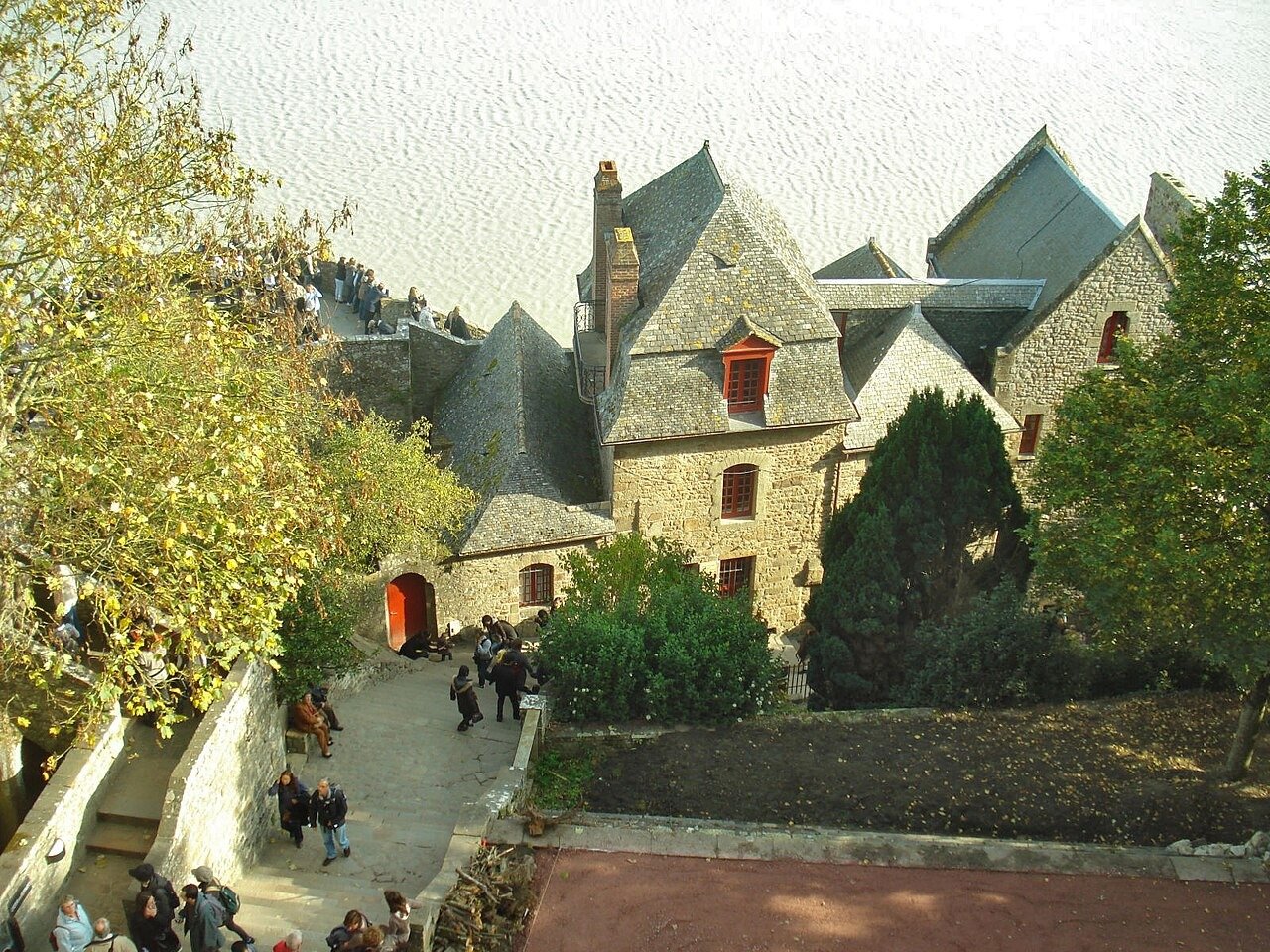
The island also boasts intriguing lesser-known facts, such as its former train station built in 1901, which was dismantled during World War II, and its resemblance to its British counterpart, St Michael’s Mount in Cornwall.
Additionally, Mont-Saint-Michel’s small population of around 29 residents coexists with numerous shops and hotels catering to the influx of tourists.

